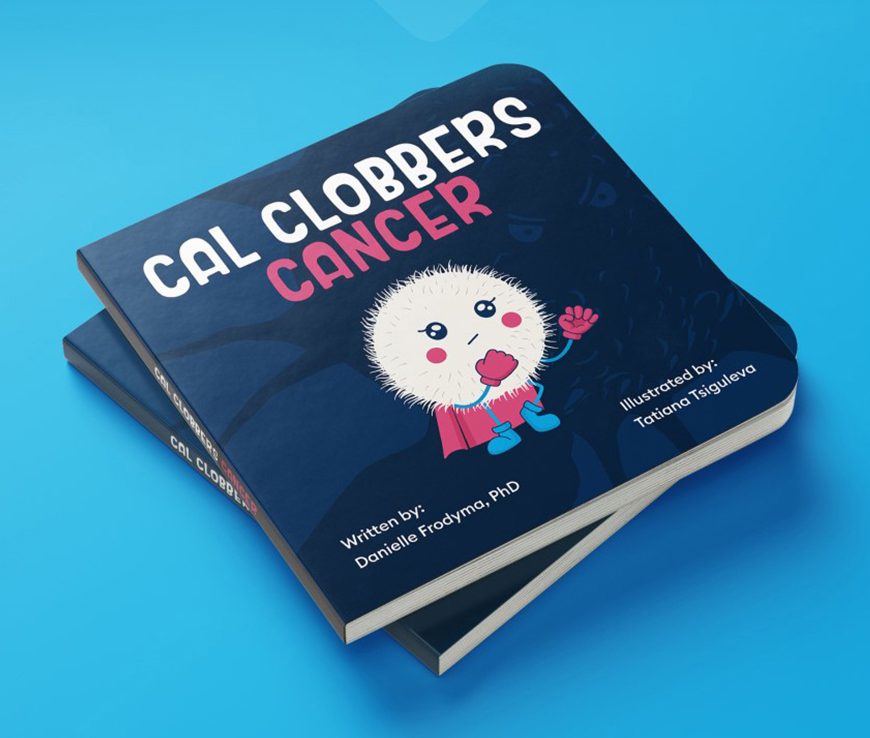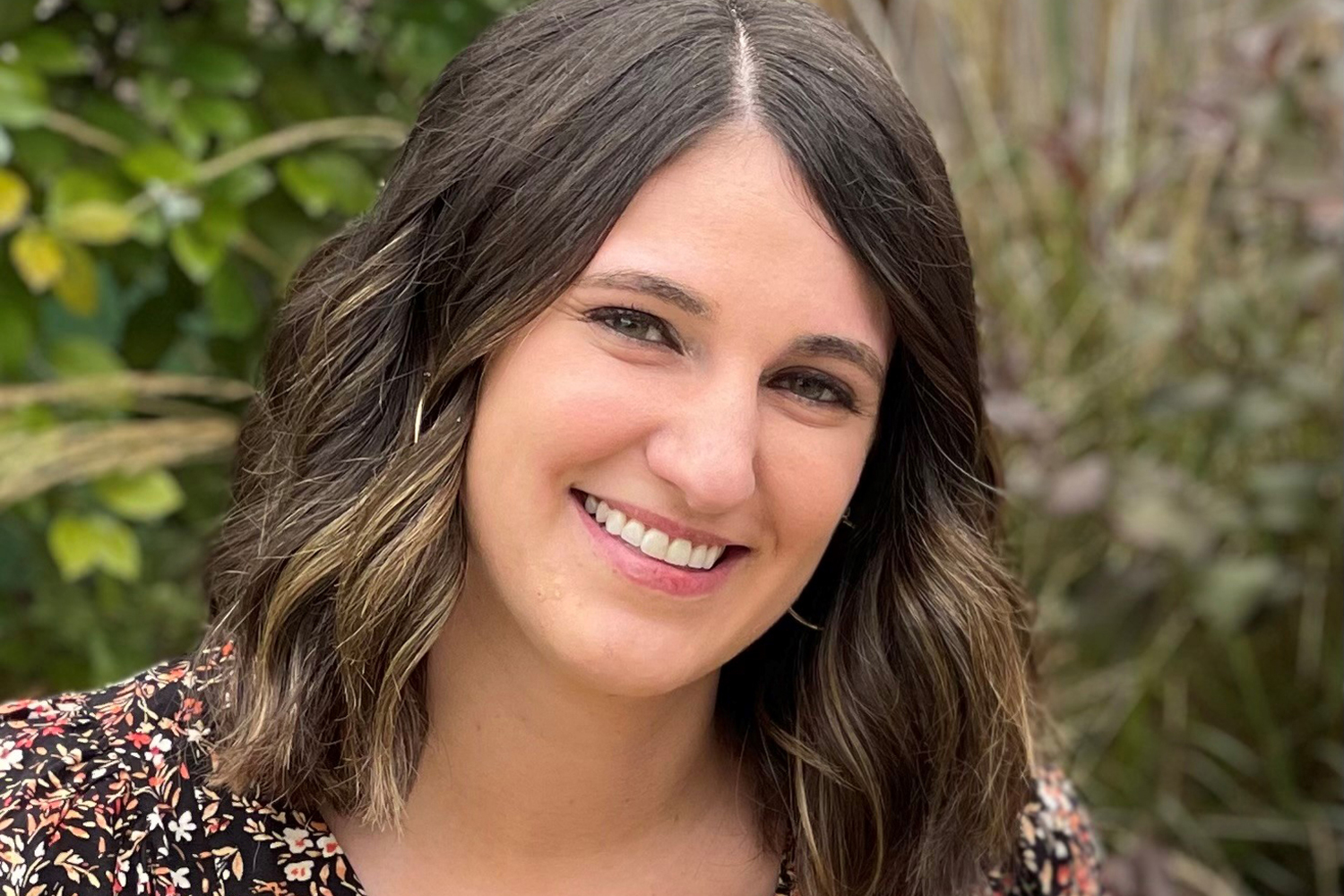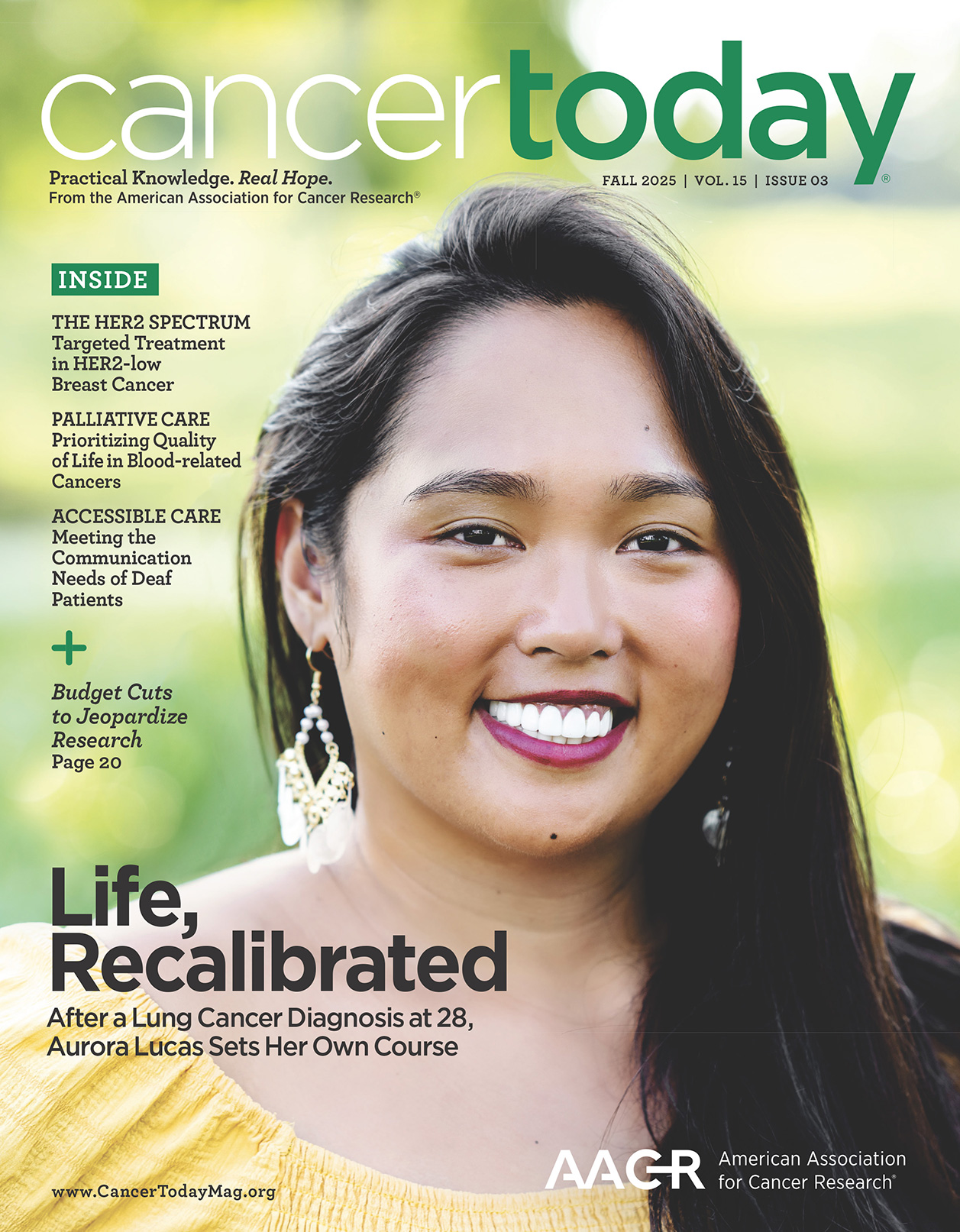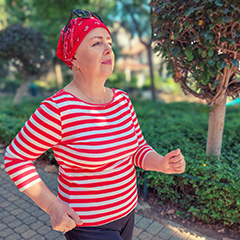CANCER CAN BE HARD TO EXPLAIN—especially to children. It’s a complex disease, and in the early stages, it can be invisible. Kids might not understand how a loved one can be sick when they’re still up and walking around. To explain what goes on in the body when someone has cancer, medical writer and former cancer researcher Danielle Frodyma wrote a picture book for children ages 2 to 8 called Cal Clobbers Cancer.
Cal is a superhero immune cell. One day, he notices big, mean cancer cells crowding his neighbors’ houses—and they won’t stop growing. Although he feels scared, Cal learns how to turn down the cancer cell’s grow- o-meters and shrinks them until his neighborhood returns to normal. The book uses simple, kid-friendly language and brightly colored illustrations from artist Tatiana Tsiguleva to spark curiosity about the topic in young readers, while it avoids mentioning death, side effects and other frightening aspects of the disease.
Frodyma says she hopes the book, published in July 2024, can introduce children to the topic of cancer and encourage them to ask questions about the disease. “As a kid, you don’t really know what it is,” she says. “You see adults very upset about it, very confused, crying. When I was younger, I didn’t understand [why they were upset].” As a mother of two children, ages 4 and 6, she wanted to help kids their age understand.
Frodyma still vividly remembers her first encounter with cancer as a child. A friend’s mother died from the disease, and afterward, young Frodyma decided to learn everything she could about cancer. “My parents say I was 8 or 9 when I first told them I was going to cure cancer,” Frodyma says. “It really did stick.” Years later, she worked in a cancer research lab as an undergraduate and then earned a doctorate in cancer research, with a focus on colon cancer.

While Frodyma was finishing her doctoral research, the COVID-19 pandemic hit. Instead of studying tissue samples in the lab, all she could do was write her dissertation from home. Luckily, she fell in love with writing and decided to transition into a career as a medical writer who explains cancer research. Now, Frodyma works for a medical communications agency and mostly writes scientific manuscripts about clinical trial research and new treatments. But when she realized kids need to understand cancer too, she created Cal Clobbers Cancer.
Frodyma spoke with Cancer Today about why she wrote the book and what she hopes children and parents can learn by reading it.
CT: What inspired you to write this book?
FRODYMA: A few years ago, my friend’s dad passed away from cancer, and I was very close to her and her family. It happened right as her oldest brother was expecting triplets, and the dad never got to meet them. As the triplets got older, the family had to ask, “How do we tell them why grandpa isn’t here?” It’s very difficult to have that conversation with 3- or 4-year-olds. That’s why the book is dedicated in part to Bob, the dad who passed away—he was part of why I felt compelled to write this story. I thought, “If my friend and her family are having these struggles, how many other people are struggling with this conversation?”
I’ve had several family members say, “I have a co-worker or a friend who has kids and wants to introduce this topic in a way that’s not as scary as some of the books that put the child as the patient.” That’s a lot of what’s on the market. Obviously, many resources should be dedicated to that. But I don’t want those resources used for a child that has a loved one with cancer. I don’t want to scare a child into thinking, “Wait a second; do I have cancer?”
CT: Why did you focus the book on an immune cell attacking cancer in the body?
FRODYMA: Cancer treatment is so complex, so I had to pick a facet and go with it. I’d have liked to bring in chemotherapy and targeted therapy, but I was trying to keep it as simple as possible. And I wanted to keep it positive. I read hundreds of stories to my kids, and it’s always the superhero who defeats the villain. That wasn’t the case for my friend and her dad, but I wanted to keep the book as un-scary as possible.
Cancer is a scary disease, but if kids aren’t frightened about it, then they’ll ask more questions and think about it more. Whenever I’m watching a movie with my kids and something scary comes on, they put their hands in front of their face or walk away. They don’t want to deal with it. So, by keeping the book lighthearted, maybe we can have a conversation and answer questions. Maybe we can work through some of those emotions, whereas if we make it scary and cancer takes over the body and all is lost, then we run the risk of kids shutting down.
CT: What conversations do you hope the book sparks?
FRODYMA: My niece’s second-grade class has a girl with leukemia who isn’t in school a lot. The kids wonder: “What’s going on with her?” “Why isn’t she here?” “Why is she wearing a baseball cap?” Luckily, we were able to get a few copies of the book into her classroom. The teachers read it, and it sparked a conversation. They asked, “What happens if Cal doesn’t win?” Then we got into that scenario and explained that there are medicines that can help fight cancer. That’s what I hope for. I hope it’s in classrooms when students are having trouble understanding a classmate’s condition. I hope it’s in homes when grandma, grandpa, mom, dad or whoever needs to have that conversation.
CT: What do you hope young readers take away from the book and the conversations that follow?
FRODYMA: I hope they understand that this is a very serious disease but also that the book fosters more curiosity. What’s going on inside the body? I want kids to question that. How do we know this medicine works? If this medicine doesn’t work, what do we do? Starting these conversations from a place that’s very simple and child-friendly and moving on from there can bring them some bit of closure or understanding.
CT: Do you have any advice for adults having these conversations with kids?
FRODYMA: Read the book like you would read any other book about a superhero conquering their fear and mitigating a villain. Then, have them ask questions, and answer them as best you can. Don’t be afraid to say, “I don’t know; let’s learn about that together.” Validate their feelings, but don’t make it too scary. Try to keep things positive but also factual and accurate.
Meet the child where they’re at. We don’t want to force them to feel a certain way or understand things within a certain time frame. Sometimes when I’m discussing difficult topics with my kids, they ask a million questions and are ready to chat for hours about it. Other times, I see the wheels turning in their heads but might not get a lot of conversation out of them. Either response is totally fine. Come back to the story in a couple days or weeks, or ask them before bed if they have anything they’d like to talk about. You might notice questions from your child pop up randomly as they’ve had time to process the information, so stay on your toes.
This interview has been edited and condensed for clarity.
Cancer Today magazine is free to cancer patients, survivors and caregivers who live in the U.S. Subscribe here to receive four issues per year.





